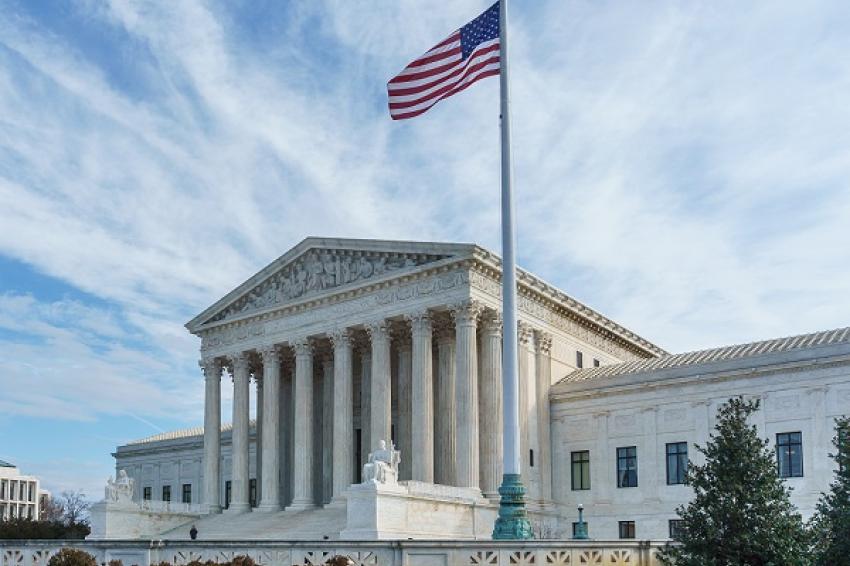US Supreme Court Challenges EPA Role in Climate Rules
01.07.2022 - The mission of the US Environmental Protection Agency (EPA) under US president Joe Biden for the past 18 months has been to restore some of the Obama era anti-pollution regulations overturned by the former president Donald Trump.
A decision this week by the US Supreme Court, however, creates uncertainty about the agency’s ability to regulate anything.
EPA administrator Michael Regan has been busy building a new fundament for clean air and water rules, while at the same time moving to tighten regulations on discharge of chemicals into water and put the brakes on toxic emissions from chemical plants. All these projects may now be in limbo, if not in jeopardy.
In a case involving emissions from coal-fired power plants, the court was tasked with deciding a challenge from the mining state of West Virginia. On Jun. 30, the justices ruled 6-3 along ideological lines that regulating emissions from power plants is not the prerogative of the EPA and that determining the best means of fighting climate change should be left to Congress.
Favoring Trump’s perspective, the justices said the EPA had "significantly exceeded" its emissions regulatory mandate under federal environmental law. While they did not comment on implications for manufacturing plants, some legal scholars said the decision also could be equally interpreted to apply to emissions from process plants.
Limits on PFAS could also face opposition
Earlier in June, the EPA announced advisory limits for four kinds of per- and poly-fluorakyl substances (PFAS), known colloquially as “forever chemicals”, saying that the compounds are far more toxic than previously and are thought were contaminating the drinking water of more than 200 million people.
The proposed limits for PFOS and PFOA, which were recently reduced to 0.02 ppt and 0.004 ppt respectively, from previously 70 ppt for both, are as yet undetermined but Regan has suggested that exceeding them could have “significant financial consequences” for polluters such as 3M, DuPont and Chemours, as well as the US military.
All of the discharge violations are in the past though pollution remains. Fluoropolymer producers have now substituted other compounds. But some commentators who in the past expressed skepticism about whether the fines would match the offenses now question whether they will face any fines at all.
Another new EPA project long dear to the hearts of environmental justice advocates, which recently caught the attention of the agency’s head, could also be threatened, too. Regan has said he will investigate the state of Louisiana’s permitting practices for new plants , potentially making it harder for companies to build massive petrochemicals and plastics complexes on the US Gulf Coast.
Cancer diagnoses downwind of the chloroprene plant of Japanese chemical producer Denka in Louisiana, according to EPA data, show a cancer risk rate in the majority black population 50 times the US national average. NGOs also have pointed to excessive emissions of toxic chemicals in the Gulf chemicals belt altogether. The EPA in 2010 declared chloroprene to be a “likely human carcinogen.”
Author: Dede Williams, Freelance Journalist





